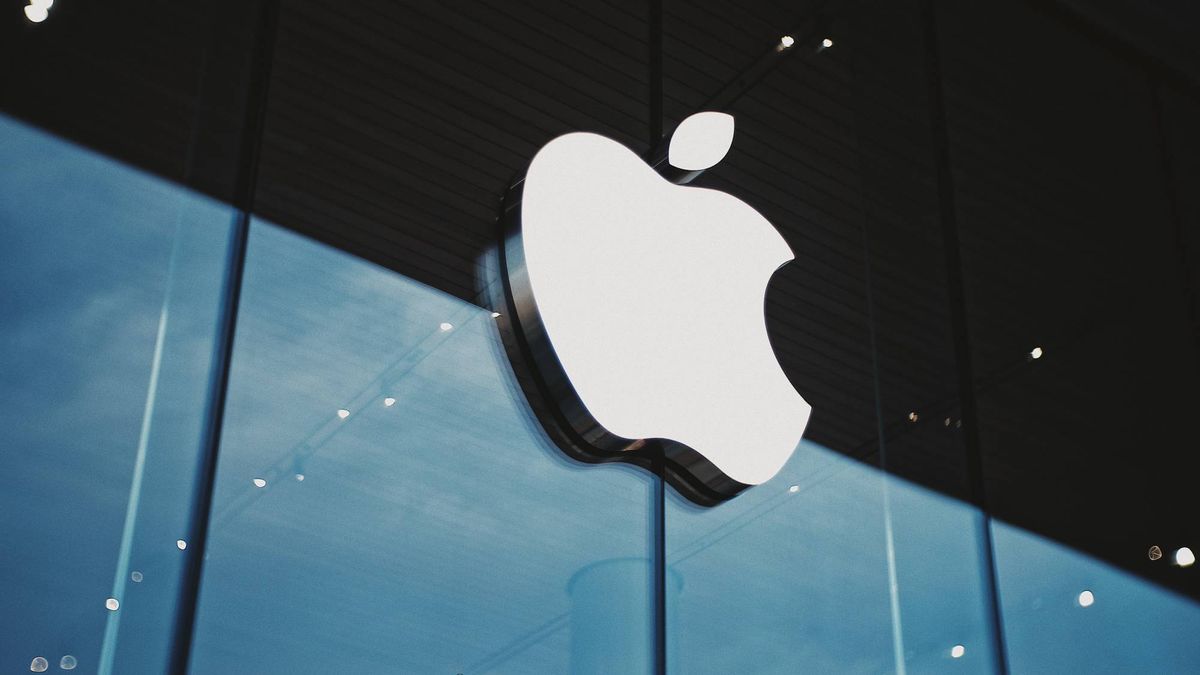Walgreens supports in-store fulfillment with advanced inventory management solutions.
At the recent Blue Yonder ICON conference in Orlando, chain store age spoke with Brian Amend, Senior Manager, Supply Chain Systems, Walgreens, about the drugstore retailer’s decision to improve its inventory management capability.
Prior to the pandemic, Walgreens had been working on plans to optimize and implement new digital capabilities. As COVID-19 spread across the country, Walgreens worked quickly to deploy advanced omnichannel inventory tracking technology to meet customer needs.
“Before COVID-19, we were planning a complete replacement of our order management system (OMS),” Amend explained. “We were going this route with Requests for Proposals (RFPs), but then the pandemic hit.”
With the onset of COVID-19, Walgreens shifted its full WHO replacement plan to a strategy that would produce business benefits more quickly.
“Things changed, we had to implement technology with a faster time to value architecture. We only made the part that we thought would add the most capability to add value to the business. »
Walgreens stores remained open during the lockdown phase of the COVID-19 pandemic as essential businesses. However, given the sudden surge in customer usage of omnichannel shopping features, such as Buy Online, Pick Up In Store (BOPIS), Curbside Pickup, and Same Day Delivery even, the retailer realized that it needed to accelerate the implementation of more advanced algorithms. and capabilities to support these offerings.
[Read more: Walgreens now delivers 24,000 items in under two hours]
Walgreens decided to deploy Blue Yonder inventory management technology, part of the company’s OMS suite of supply chain management solutions.
“At Walgreens, we view OMS as a supply chain solution,” Amend said. “Knowing where the inventory is and how best to fill it is extremely important. A “rip and replace” of the entire OMS platform is a full year project and higher risk. »
Instead, Walgreens conducted a five-month pilot of Blue Yonder inventory management technology across the chain. According to Amend, this strategy provided a less risky and faster implementation that would further improve the way it executes orders.
“What the customer sees or what the employee selects hasn’t changed,” Amend said. “The underlying algorithms and decisions about where to get inventory are better, but the process hasn’t changed.”
Amend said having more accurate inventory available to promise also allows Walgreens to be store-agnostic in its shopping cart search. If a store doesn’t have a specific item that a customer placing an omnichannel order wants, another nearby store may be able to fulfill it.
In conclusion, Amend discussed some of Walgreens’ future plans for DMS and inventory management.
“Technology provides the ability to fulfill more three- to five-day orders in stores,” Amend said. “And artificial intelligence (AI) and machine learning (ML) will improve the accuracy of inventory, shrinkage and shipment. It’s very important for us to use ML to see what the likely fill rate is. Additionally, BOPIS and same-day shipping have increased significantly. They are here to stay.
Based in Deerfield, Illinois, Walgreens operates nearly 9,000 outlets in America, Puerto Rico and the US Virgin Islands.


:quality(70):focal(-5x-5:5x5)/cloudfront-ap-southeast-2.images.arcpublishing.com/tvnz/WMQDZYZ6LFE6VKJRVIM2LWZ6TQ.png)

